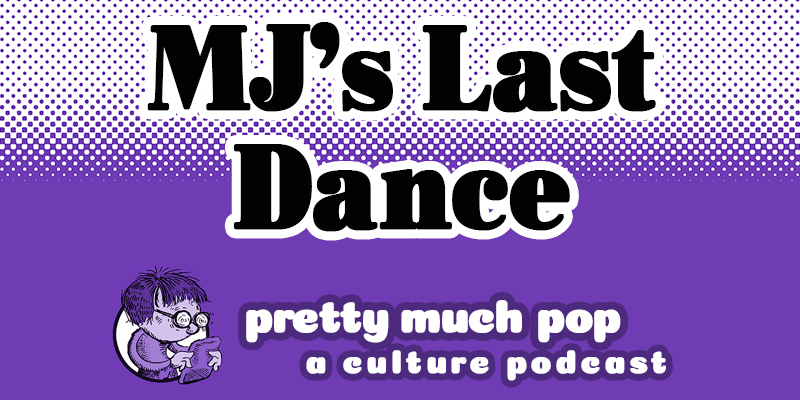By the time the Berlin Wall fell in 1989, it seemed the fate of the Soviet Union was all but sealed. It would be two more years before the USSR officially dissolved, and flew the Soviet flag over the Kremlin for the last time, but the age of Cold War belligerence officially ended with the 1980s, so it seemed. Soft power and suasion would finish the job. And what better way to announce this transition than with the soft-rock stylings of a power ballad like the Scorpions’ “Wind of Change”? The sentimental song from German metal and hard rock favorites was suddenly inescapable in 1990, and it was not at all subtle about its message.
The song became a massive hit and remains one of the best-selling singles of all time. It served as “a soundtrack of sorts to a political and cultural revolution,” writes Richard Bienstock at Rolling Stone. Oddly, “especially in light of the Scorpions’ background… ‘Wind of Change’ was about neither the Berlin Wall nor their German homeland.” Instead, the song was ostensibly inspired by a historic two-day festival the band played in Moscow in 1989, a so-called “hard-rock Woodstock” featuring metal royalty like Ozzy Osbourne, Mötley Crüe, Cinderella, and Skid Row alongside hard rock Soviet bands like Gorky Park.
Three months after the concert, the Berlin Wall fell, and Scorpions’ lead singer Klaus Meine wrote the words:
The world is closing in
Did you ever think
That we could be so close, like brothers
The future’s in the air
I can feel it everywhere
Blowing with the wind of change
The iconic whistled intro and lighters-in-the-air video cemented “Wind of Change” as a definitive statement on how the “children of tomorrow” will “share their dreams” in a globalized world. Tantalizingly vague, the lyrics read like Surrealist ad copy, sliding back and forth between doggerel and weird Symbolist incantation:
The wind of change
Blows straight into the face of time
Like a stormwind that will ring the freedom bell
For peace of mind
Let your balalaika sing
What my guitar wants to say
These lines, it may not shock you to learn, may have been written by the CIA. At least, “that’s the mystery driving the new eight-part podcast series Wind of Change,” writes Nicholas Quah at Vulture. (Listen on Apple, Spotify, Google, and on the podcast website.) “Led by New Yorker staff writer Patrick Radden Keefe and produced by Pineapple Street’s Henry Molofsky… the journey takes us to a shape-shifting Wonderland, a world where an American agency like the CIA may very well have participated in the production of pop culture as part of concerted efforts to build sentiment against its enemies abroad. It might even be something that’s happening right now.”
Those who’ve read about how the Agency has influenced everything from Abstract Expressionism, to literary magazines, creative writing, and Hollywood films might not find these allegations particularly surprising, but as with all the best examples of the serial podcast form, it’s the journey, not the destination that makes this story worth pursuing. Keefe approaches the subject with a naiveté that might be deliberate, playing up the idea of mass entertainment as “carefully devised and calibrated messaging.”
The podcast is great fun (“it’s been described as This is Spinal Tap meets All the President’s Men,” writes Deadline); its story, Keefe says in a statement, “stretches across musical genres, and across borders and periods of history.” Do we ever find out for sure whether the agency best known for overthrowing governments it doesn’t like wrote the Scorpions’ 1990 power ballad “Wind of Change”? “Hear the music, and the accents and the voices,” says Keefe, “and judge for yourself who might be lying and who is telling the truth.”
If you ask Klaus Meine, it’s all a fantasy. (But, then, he would say that, wouldn’t he?) “It’s weird,” the Scorpions singer commented after learning about Keefe’s podcast. “In my wildest dreams I can’t think about how that song would connect with the CIA.” The idea, however, would make “a good idea for a movie,” he says, “That would be cool.” A movie, maybe, funded by the CIA.
Related Content:
How the CIA Helped Shape the Creative Writing Scene in America
Josh Jones is a writer and musician based in Durham, NC. Follow him at @jdmagness





